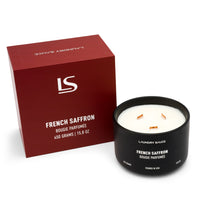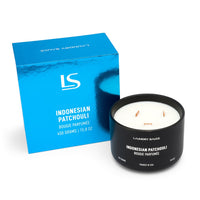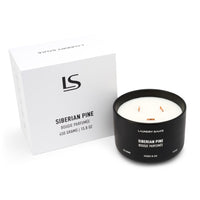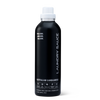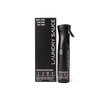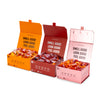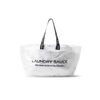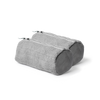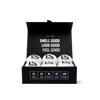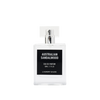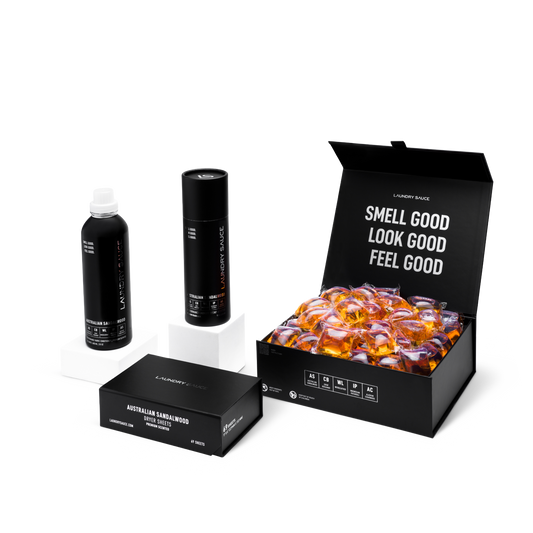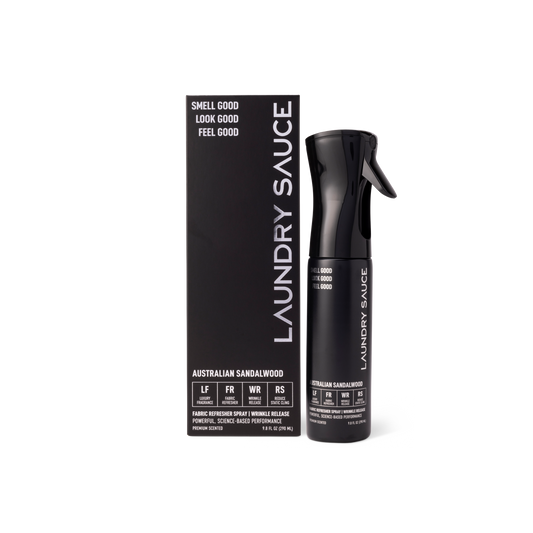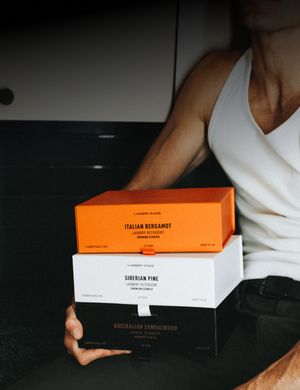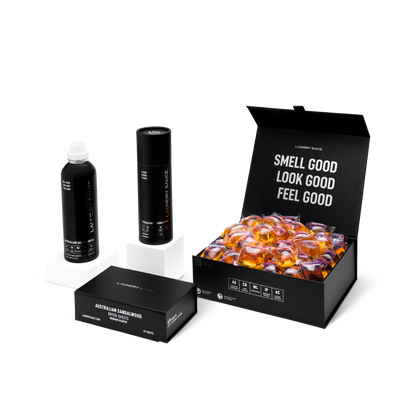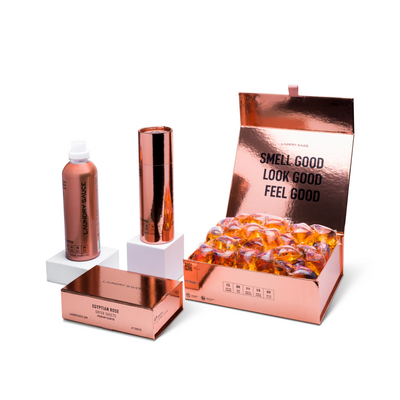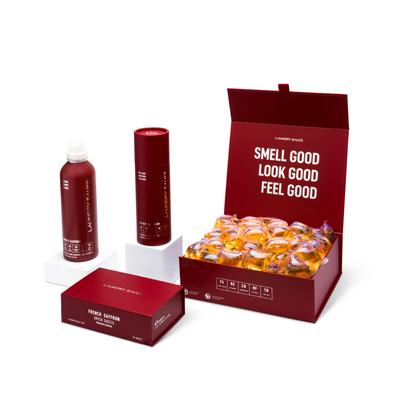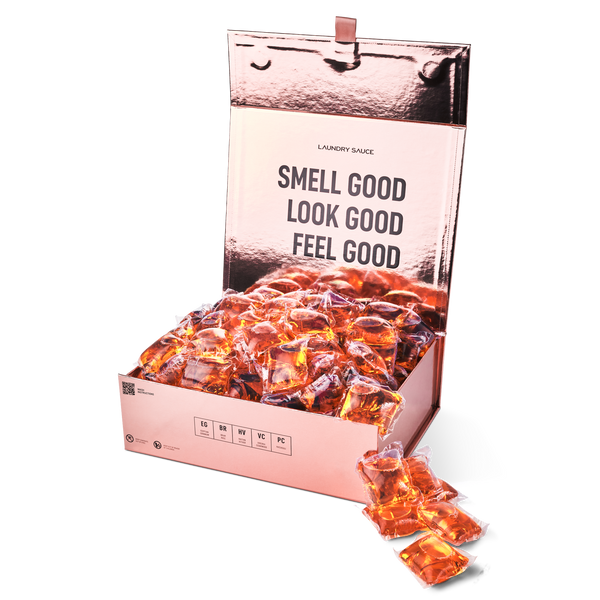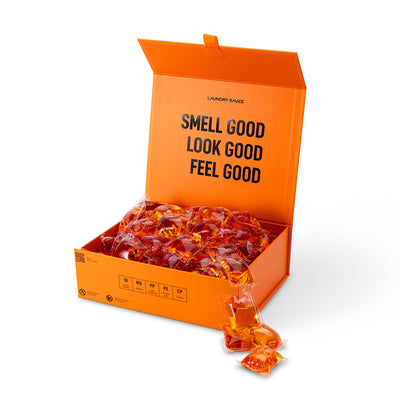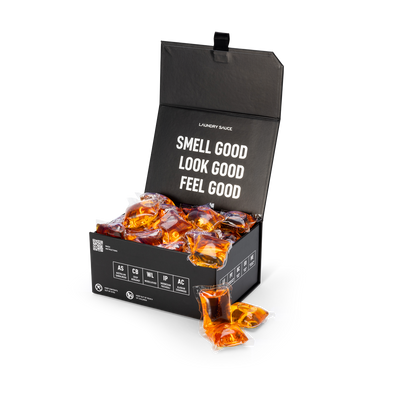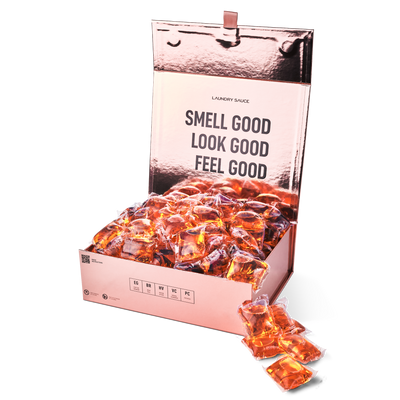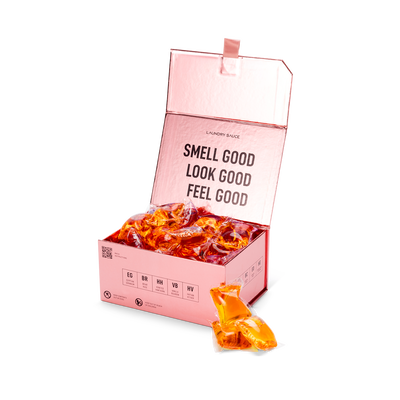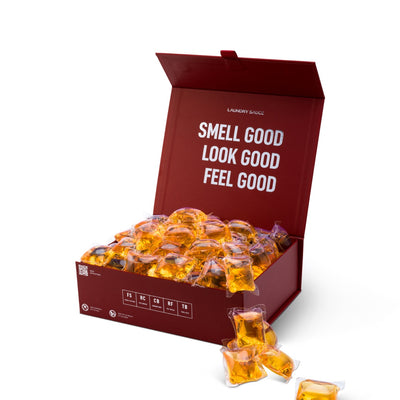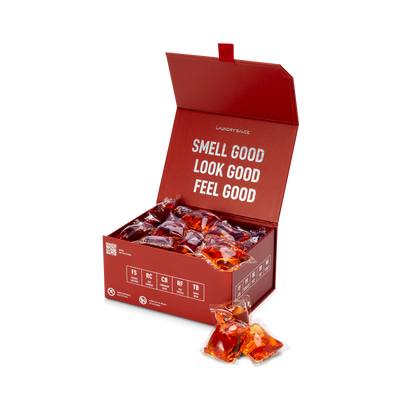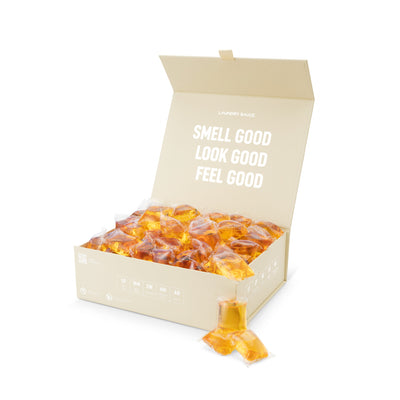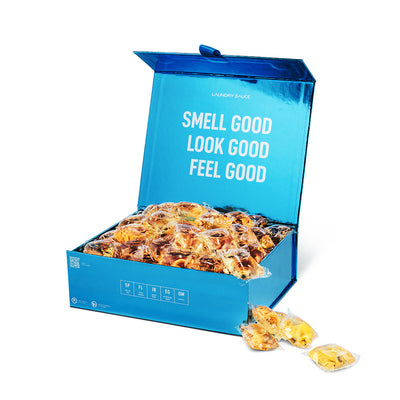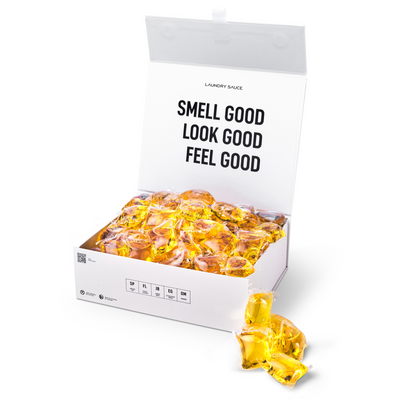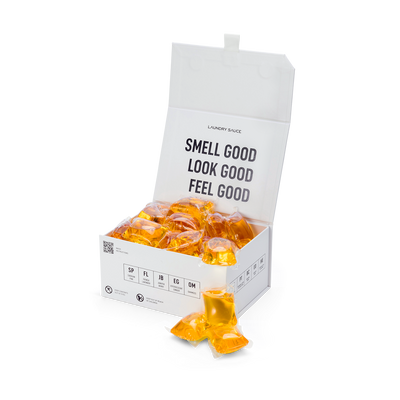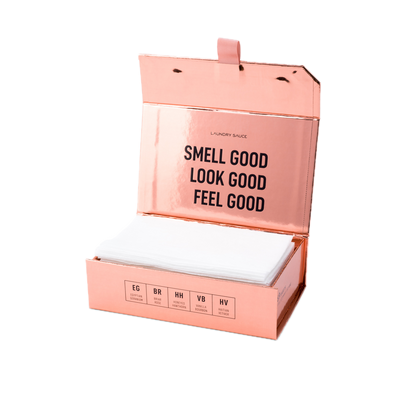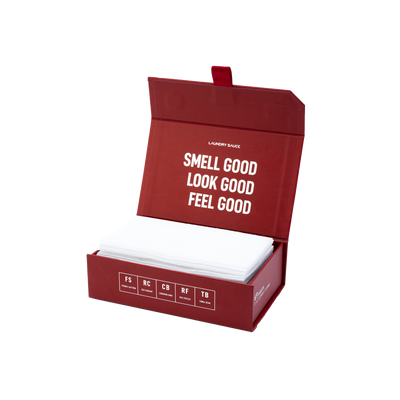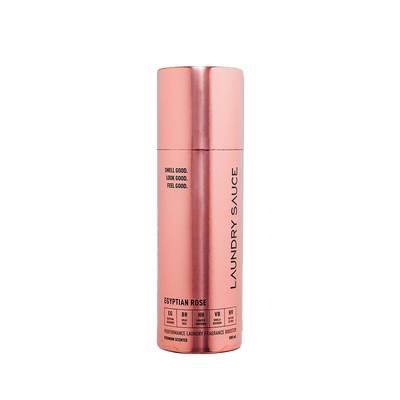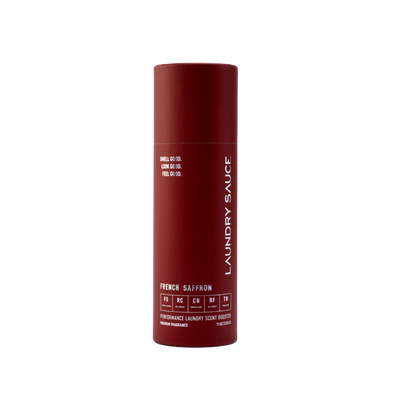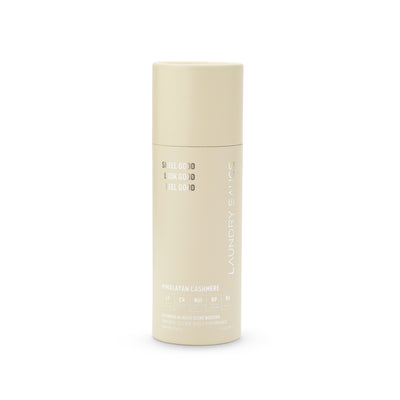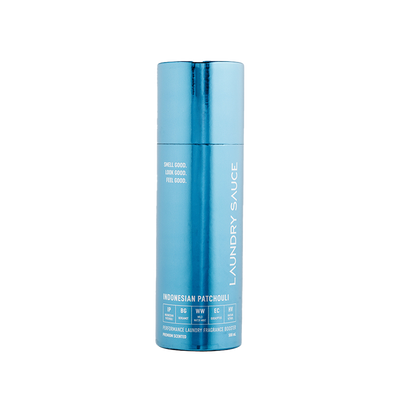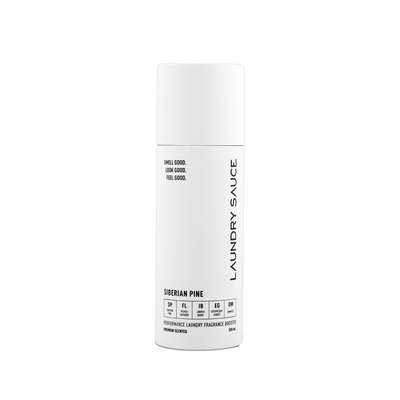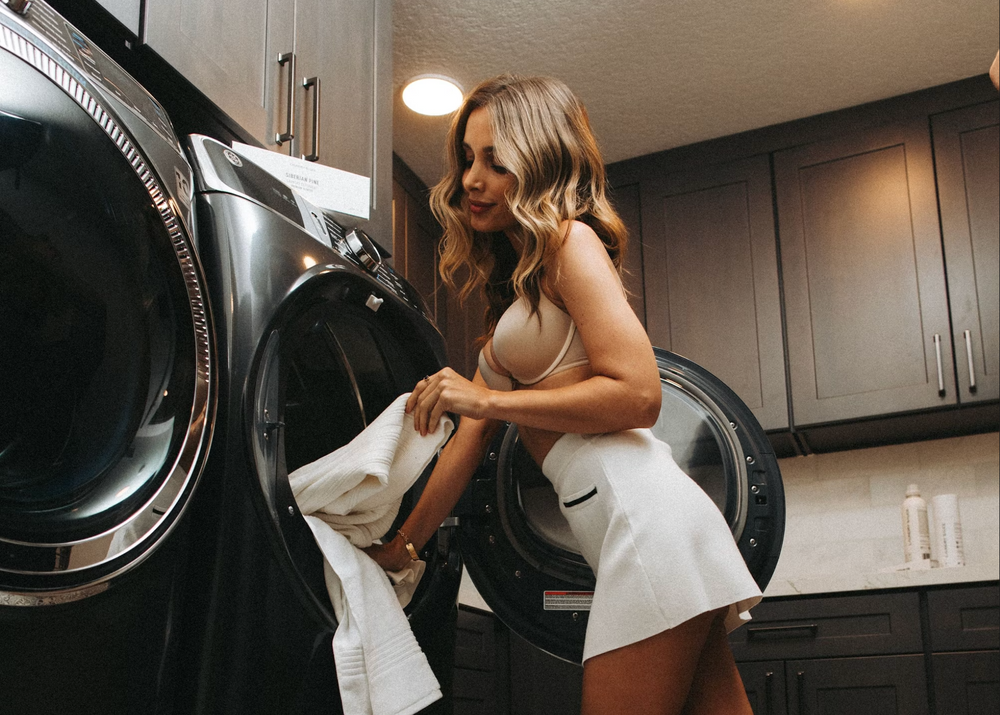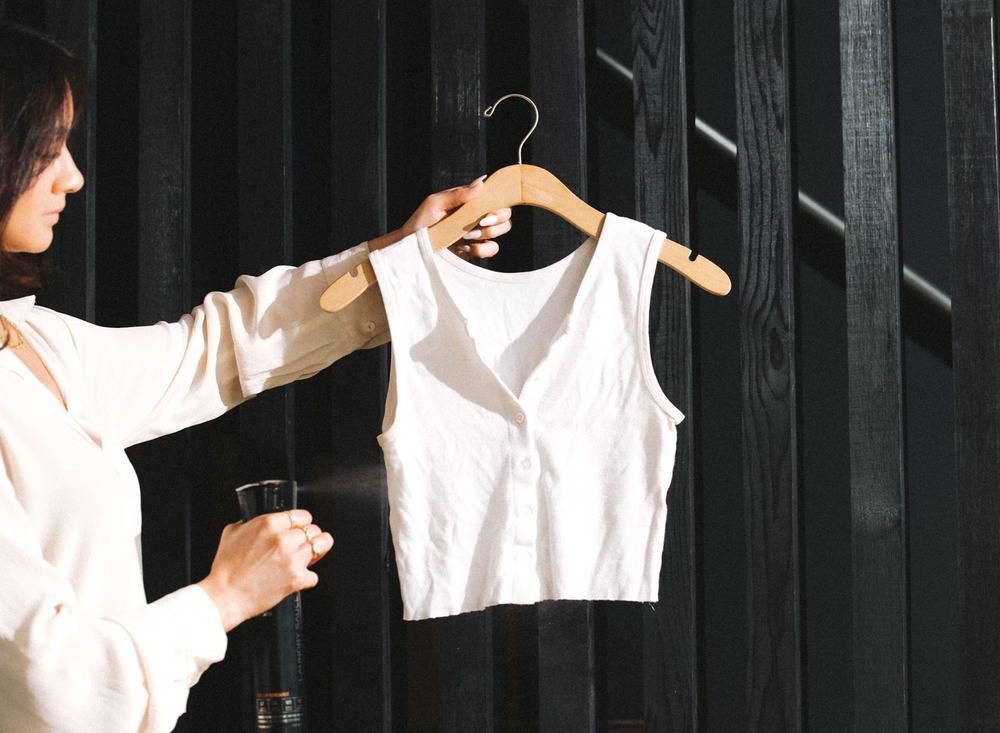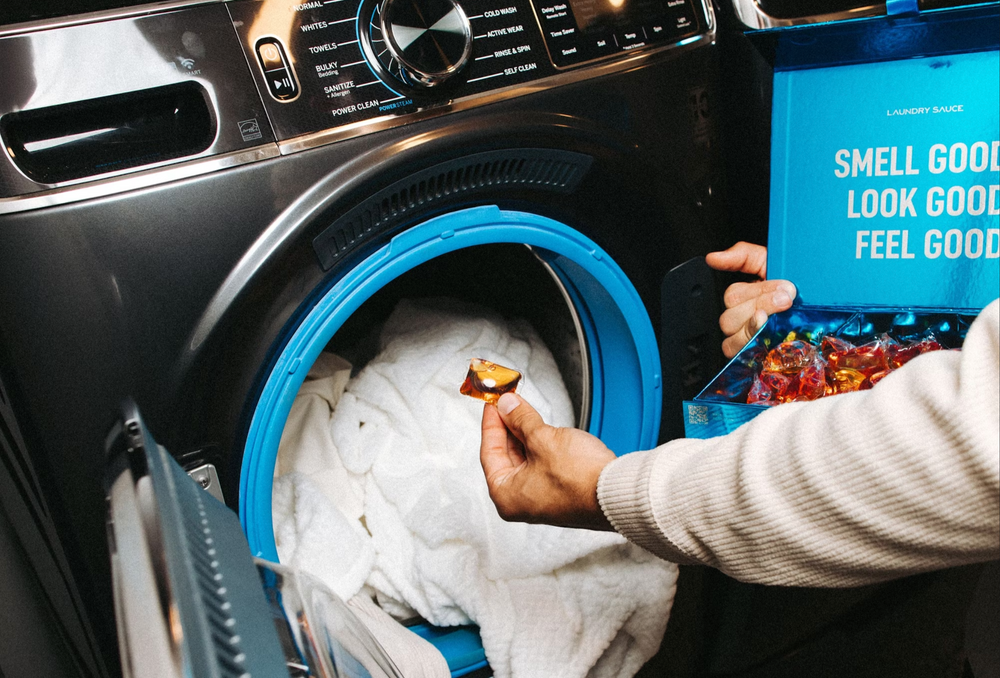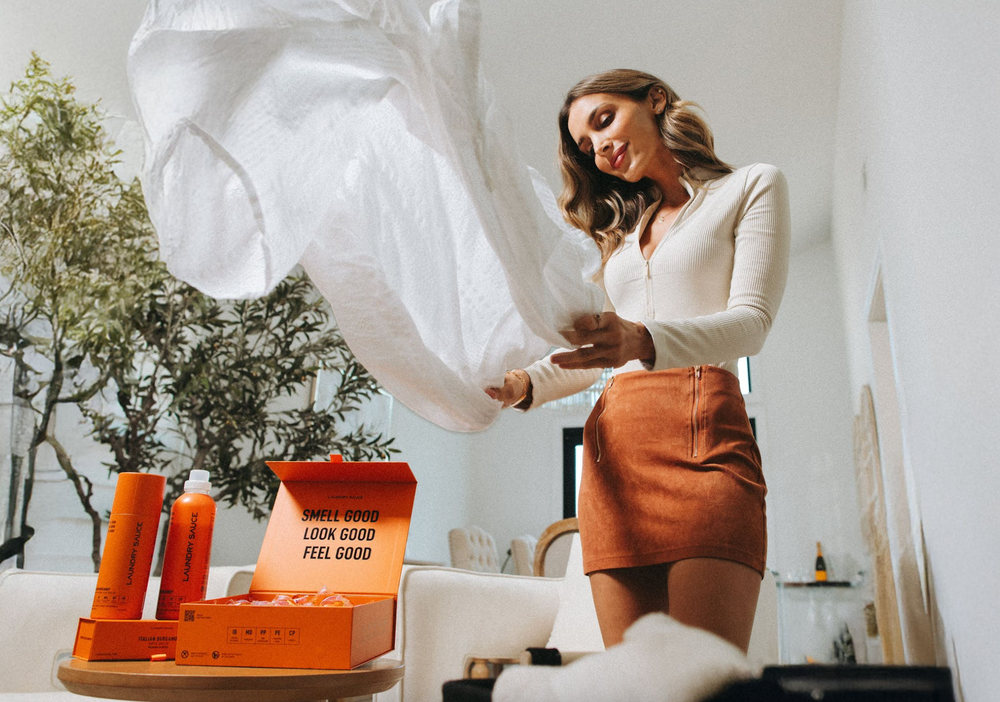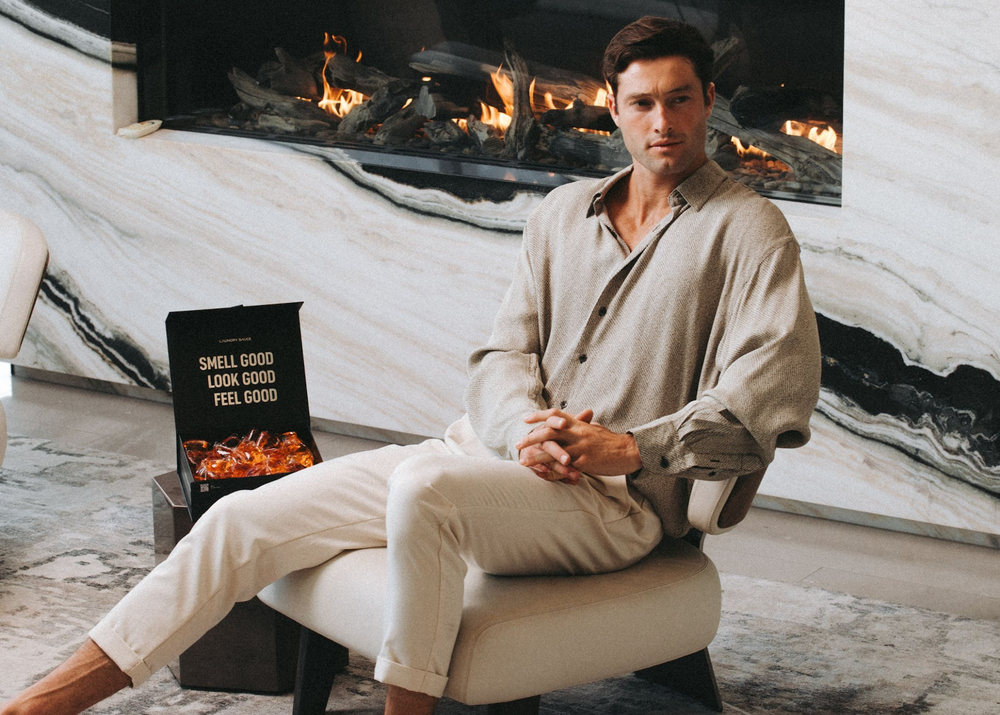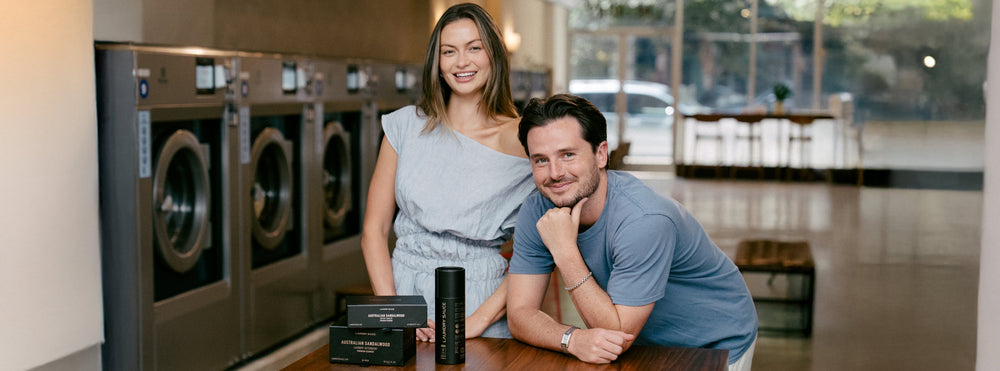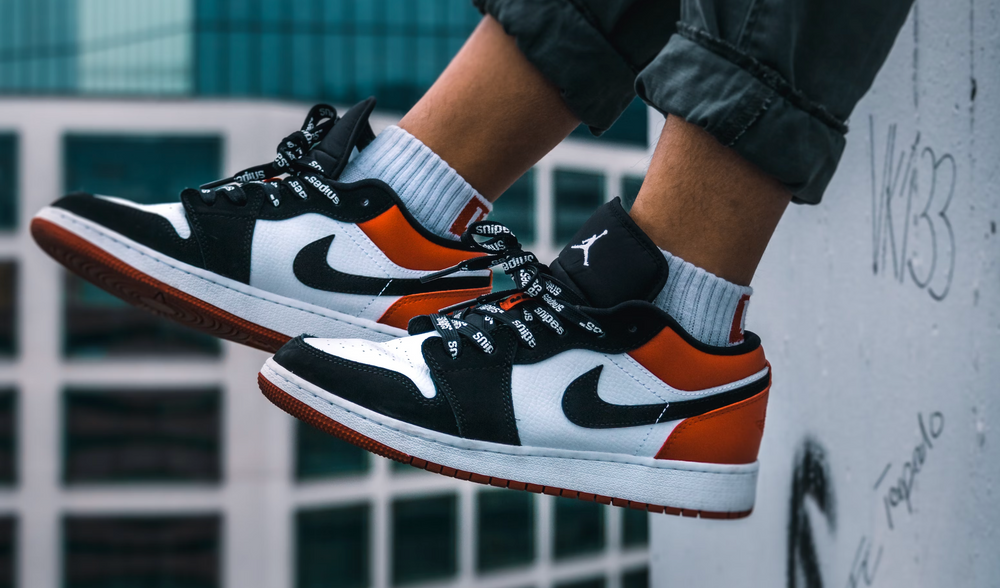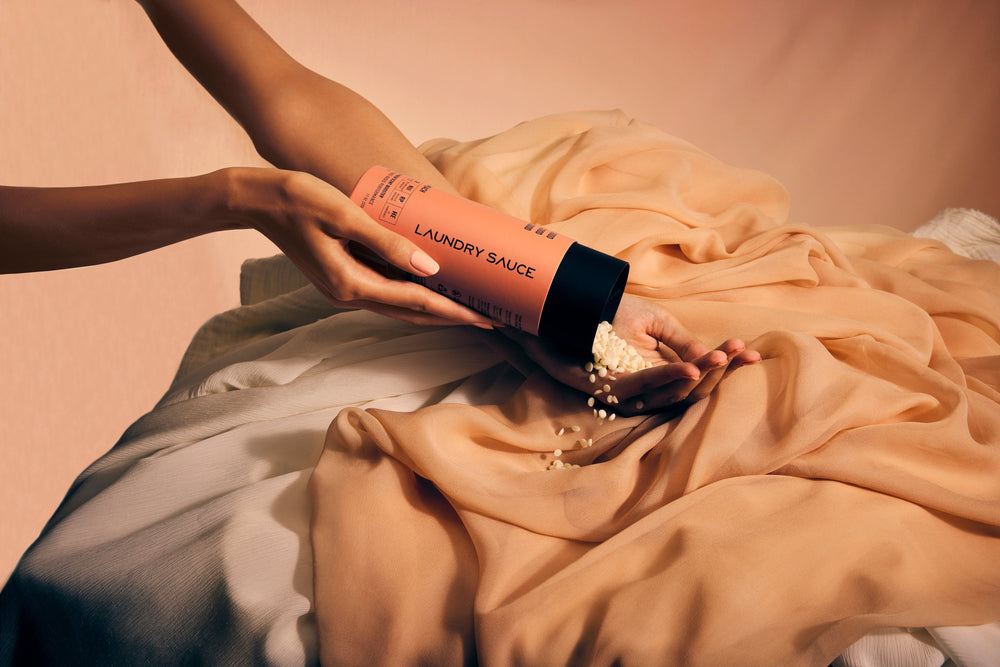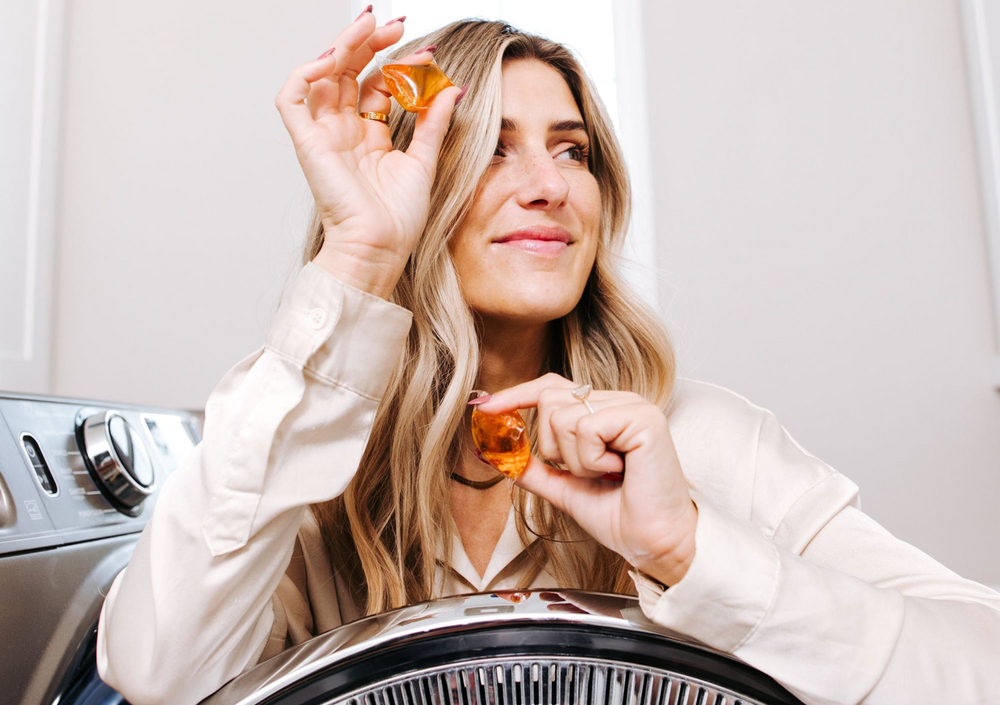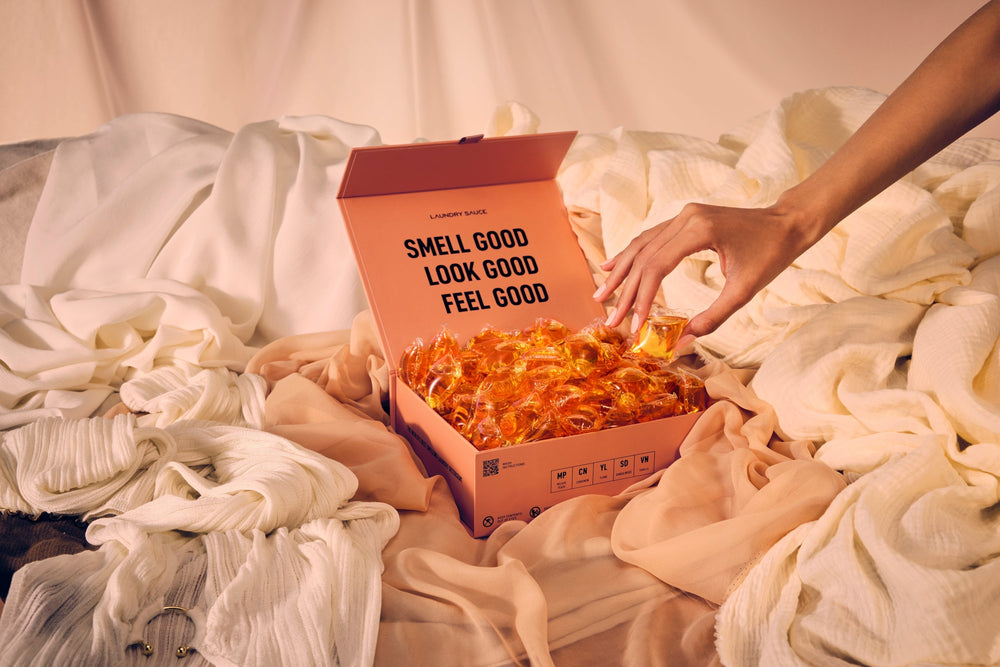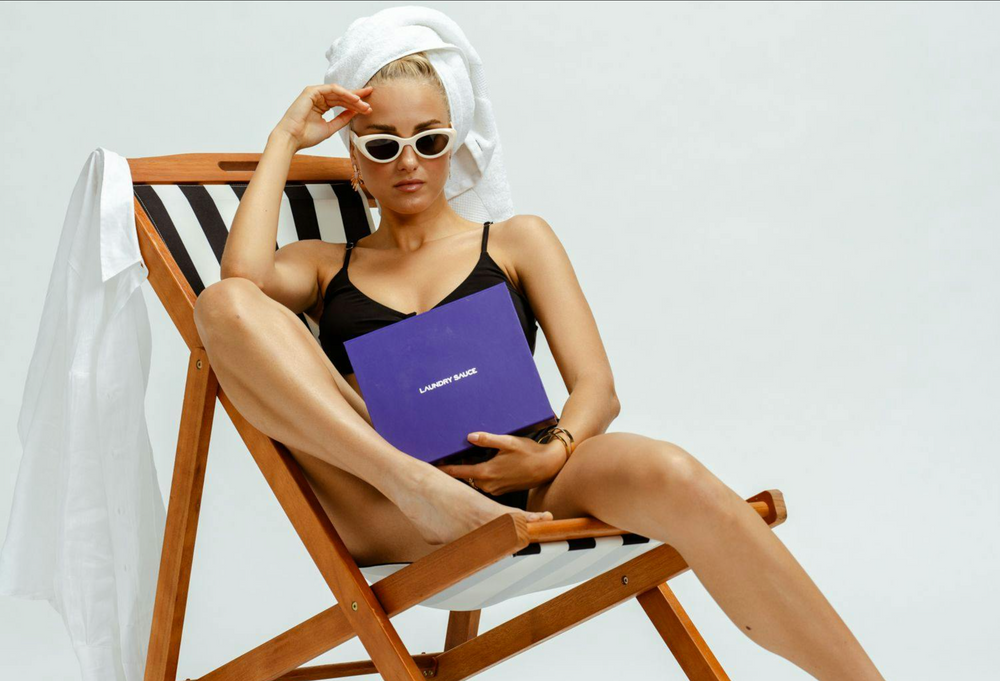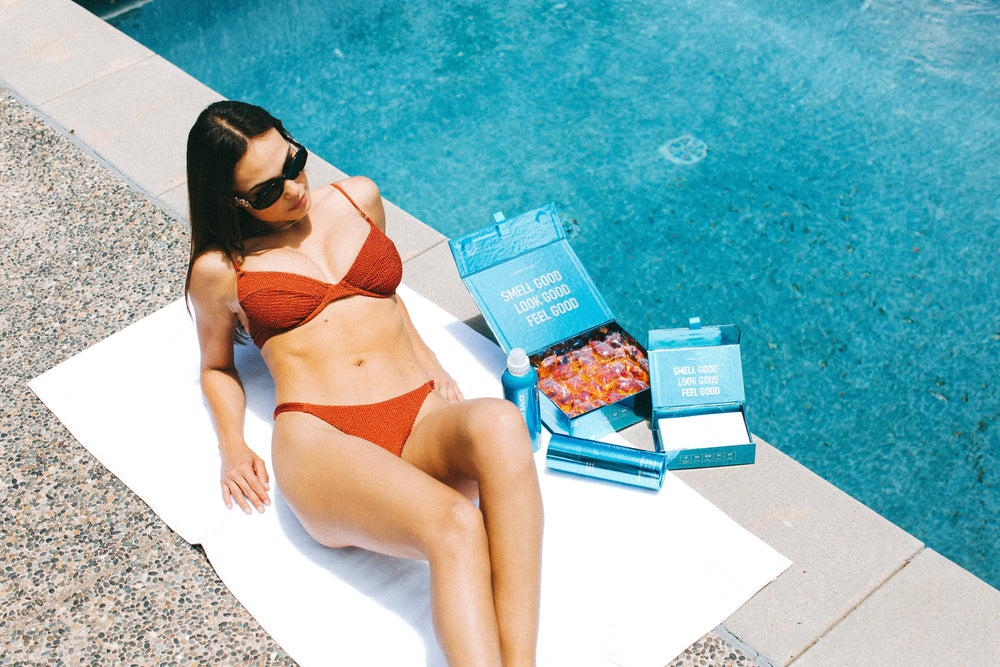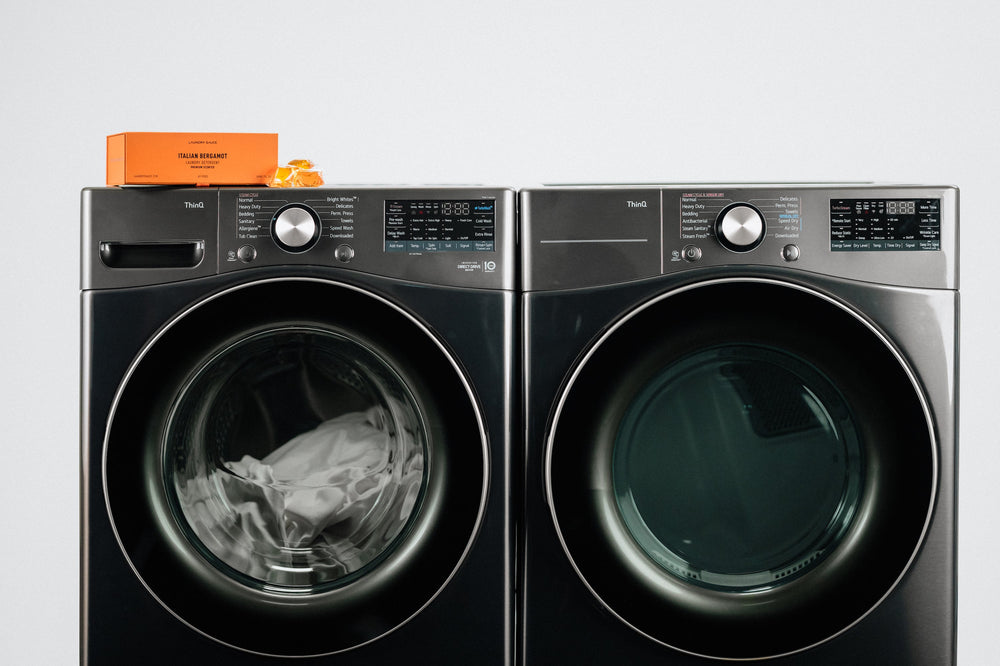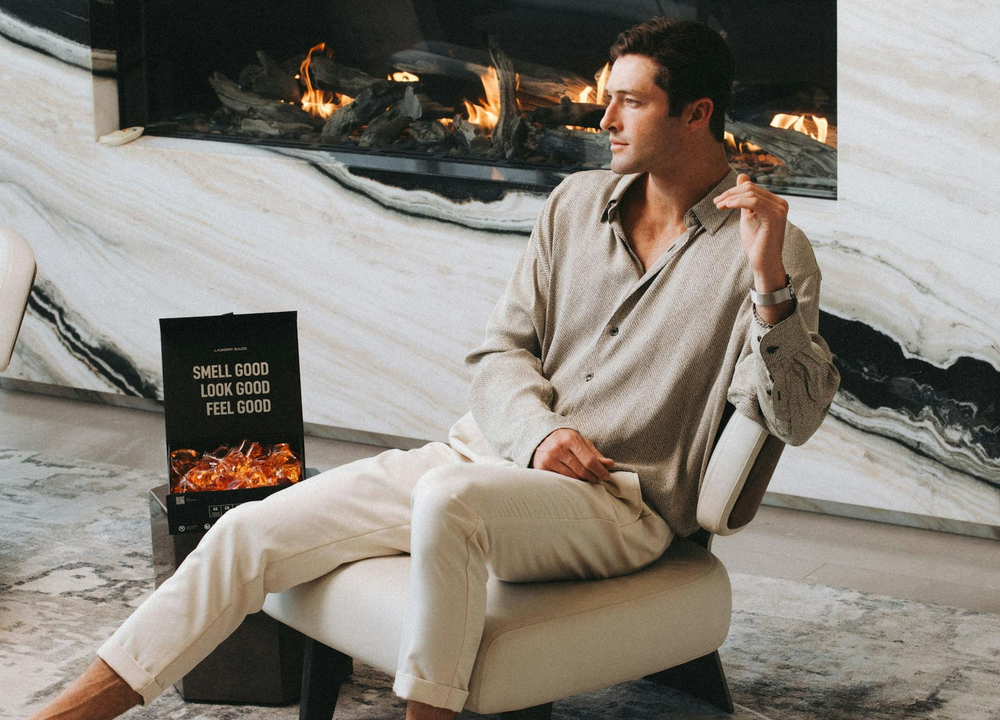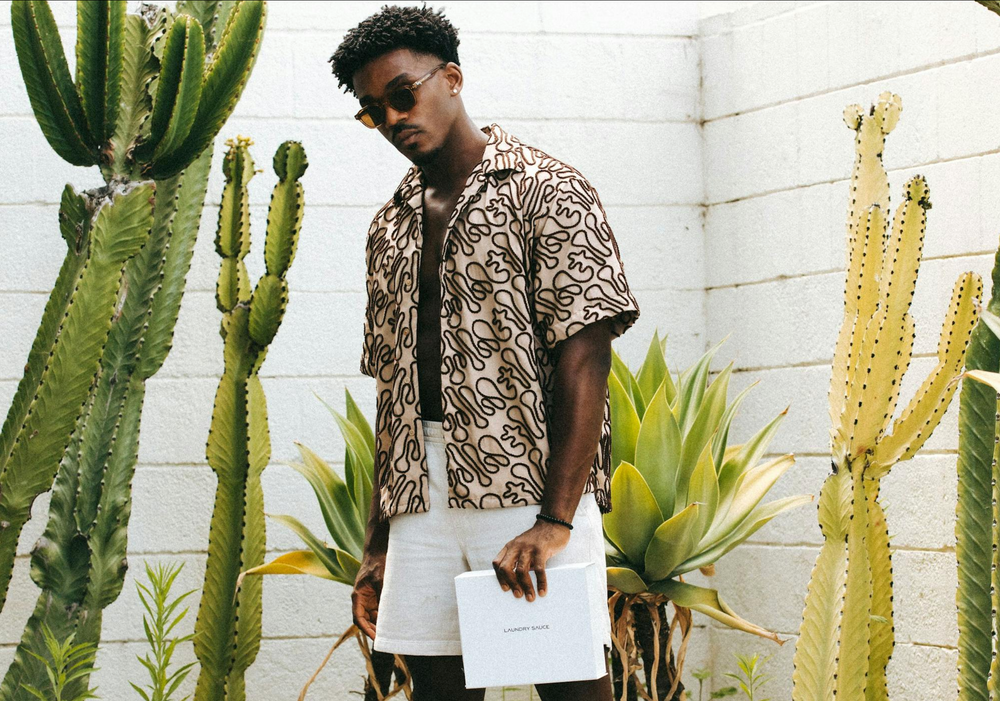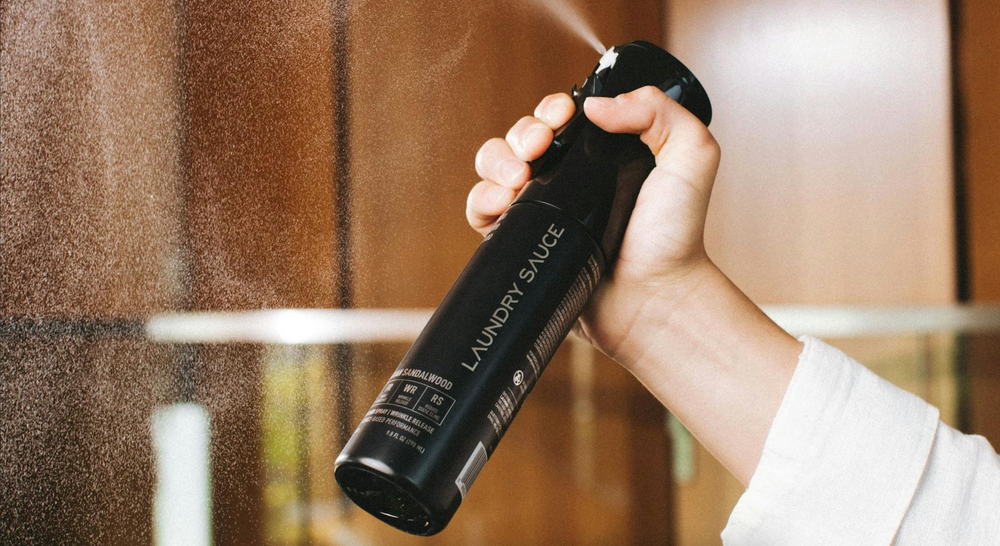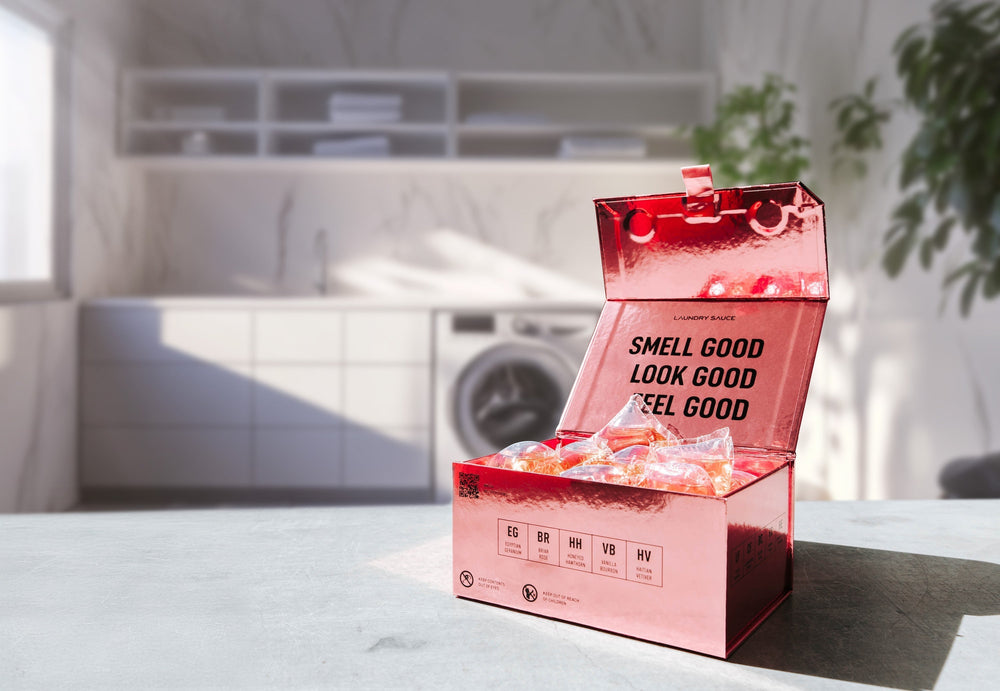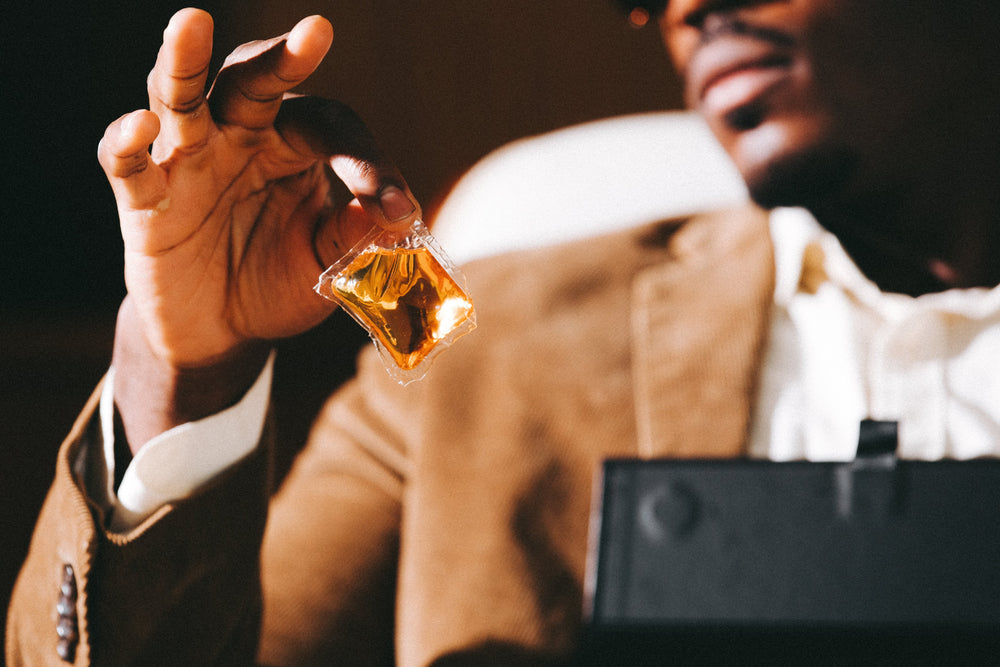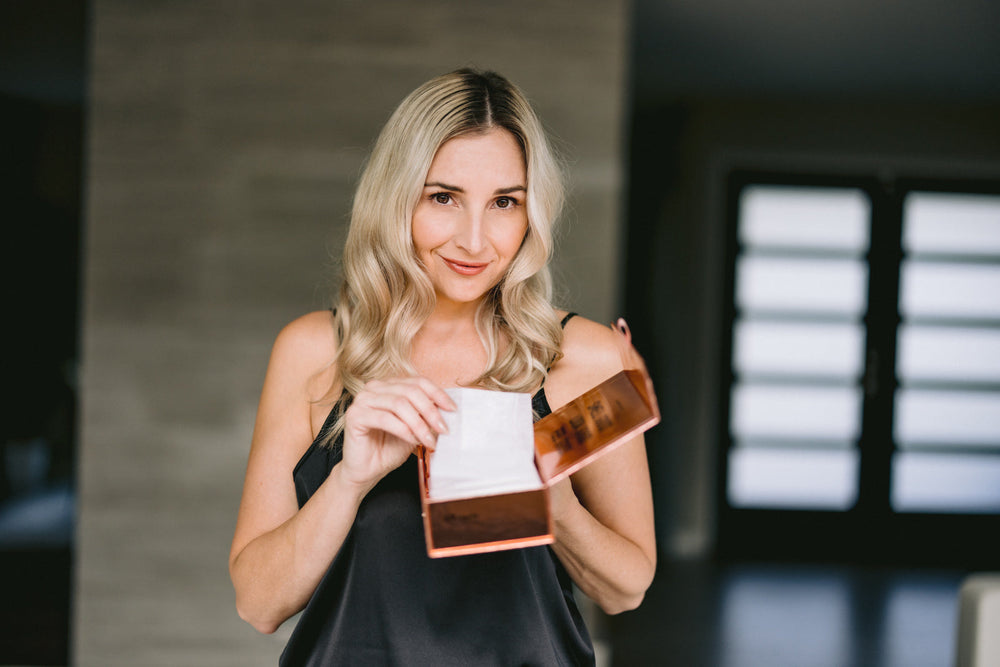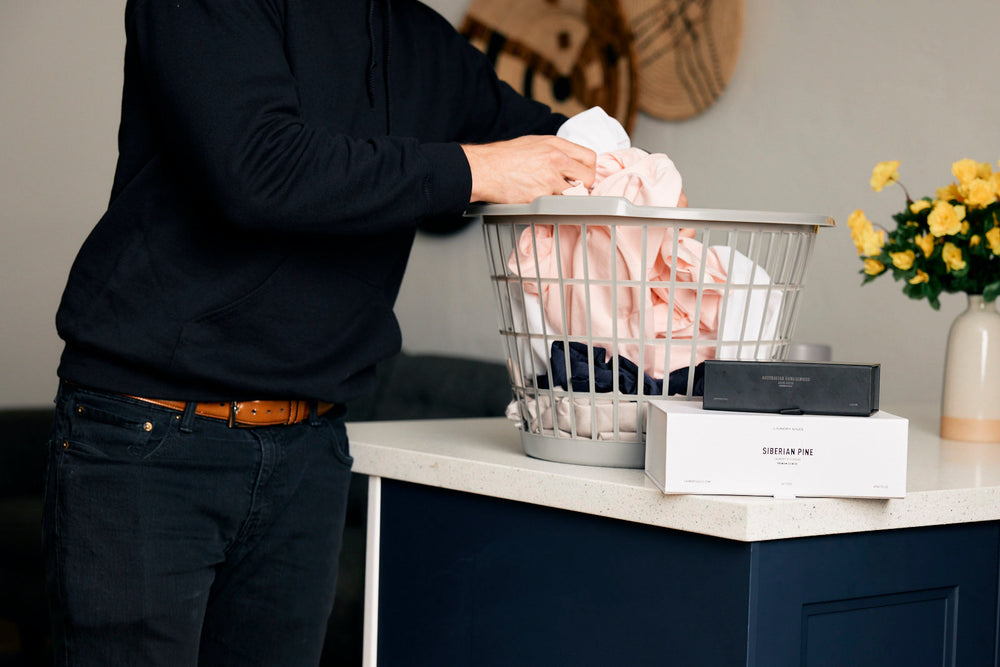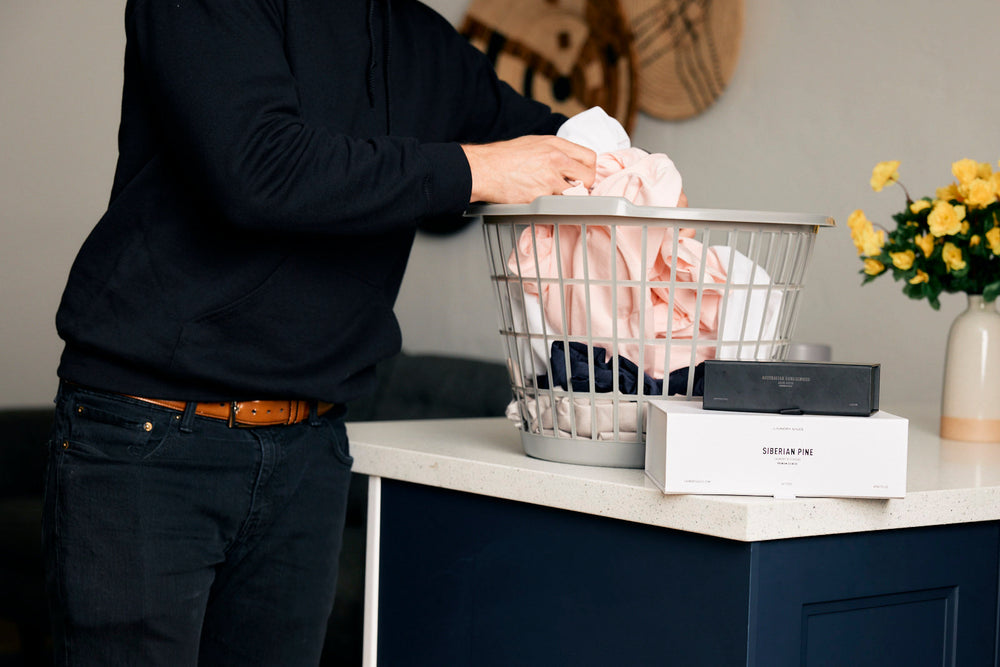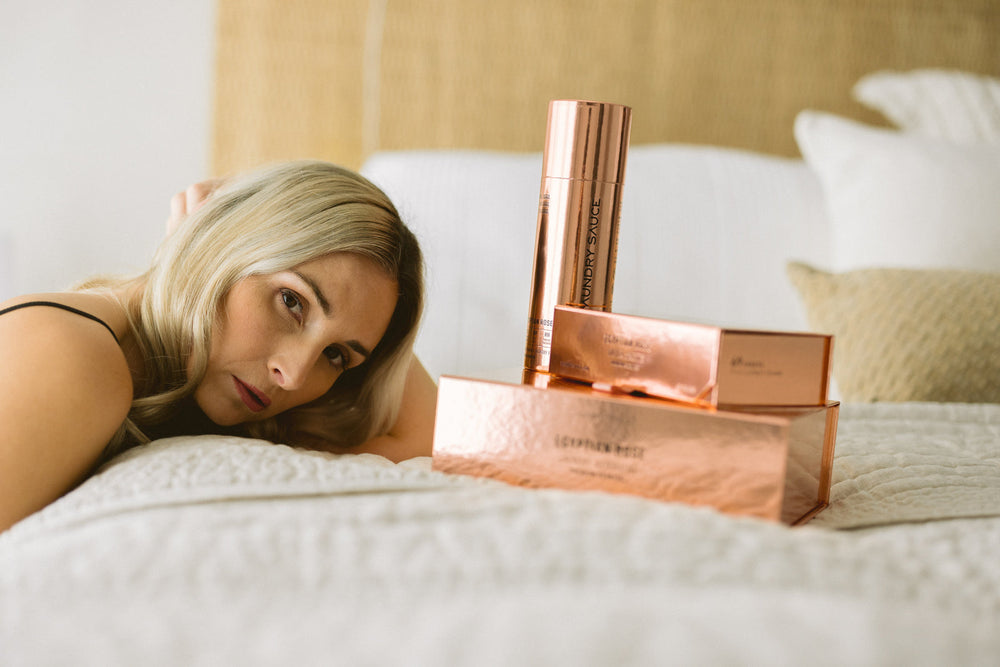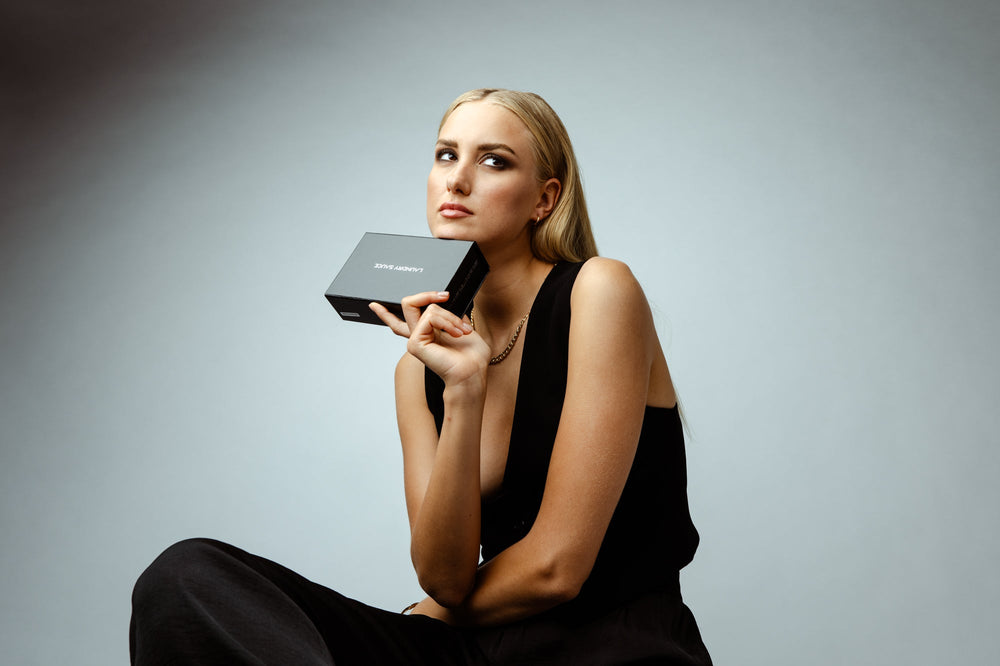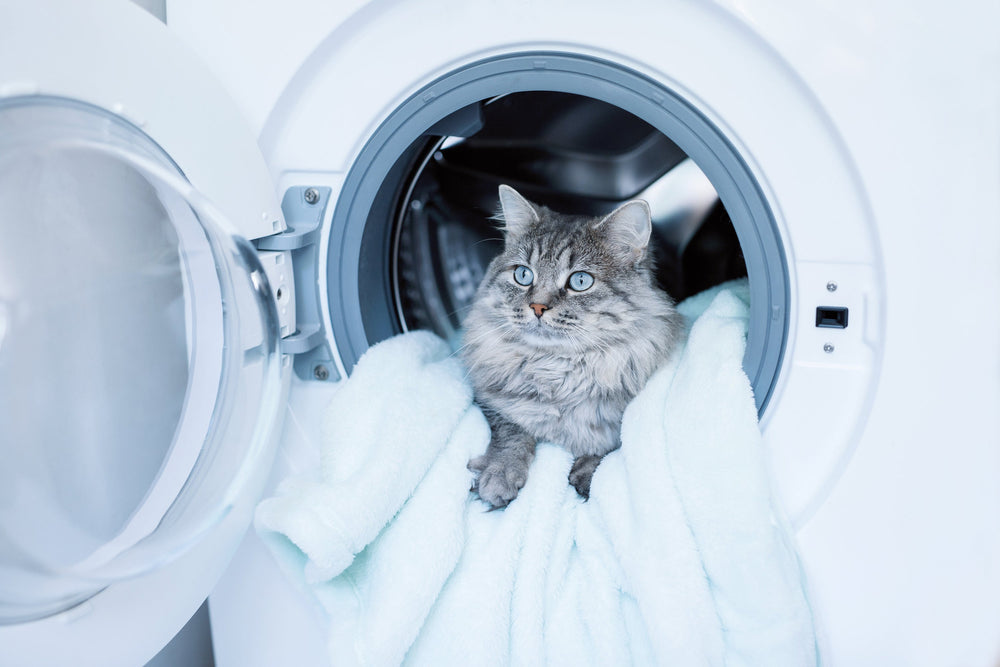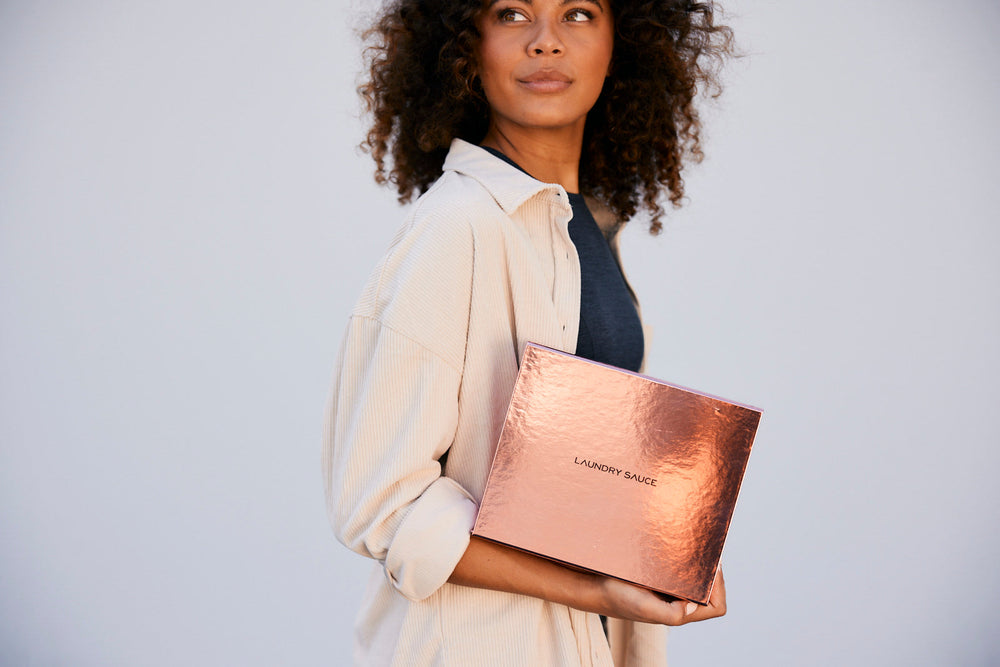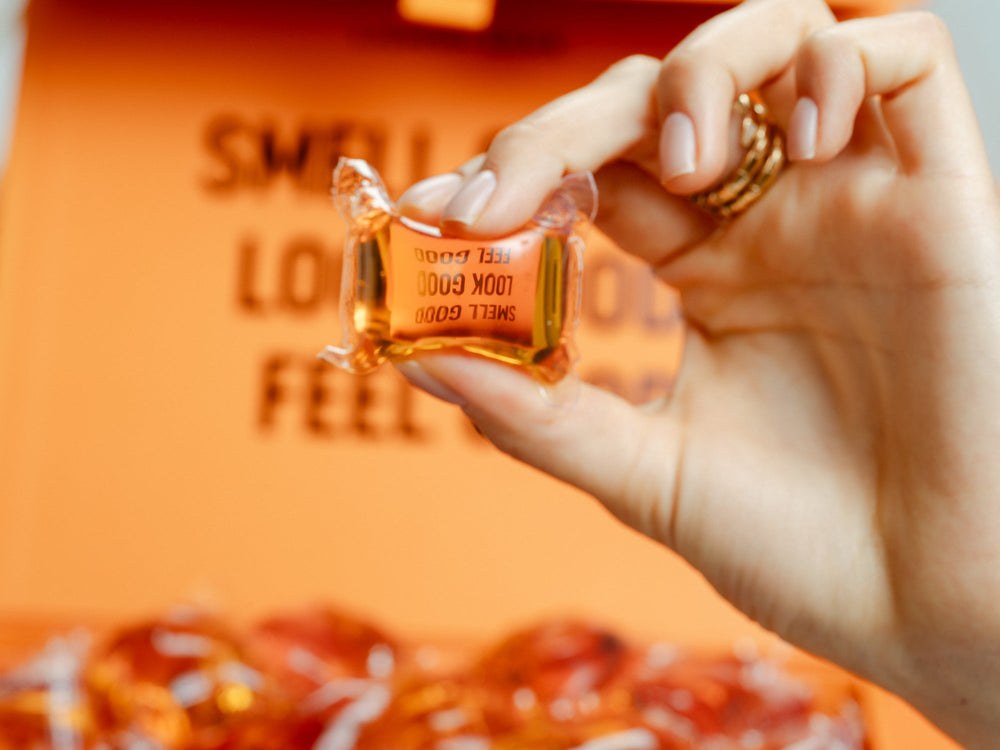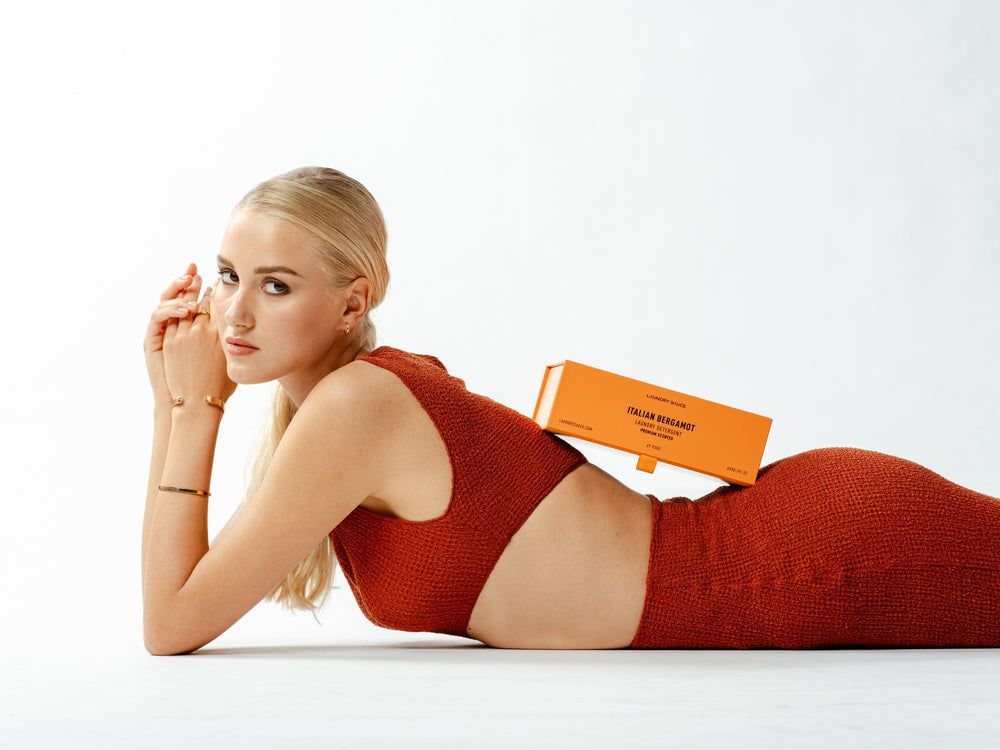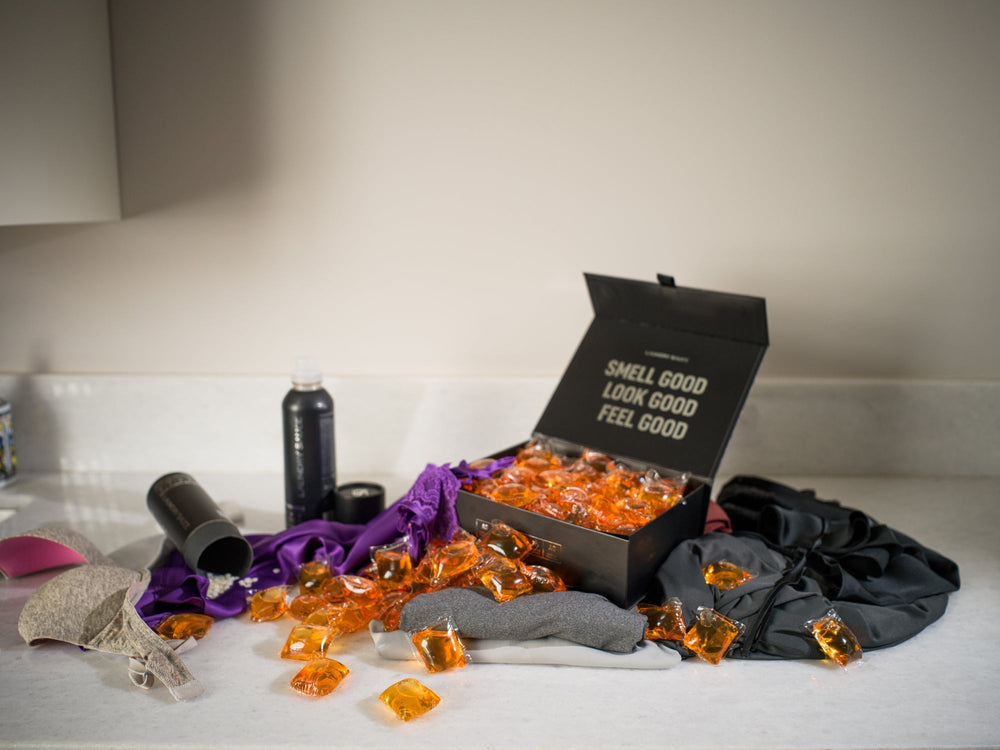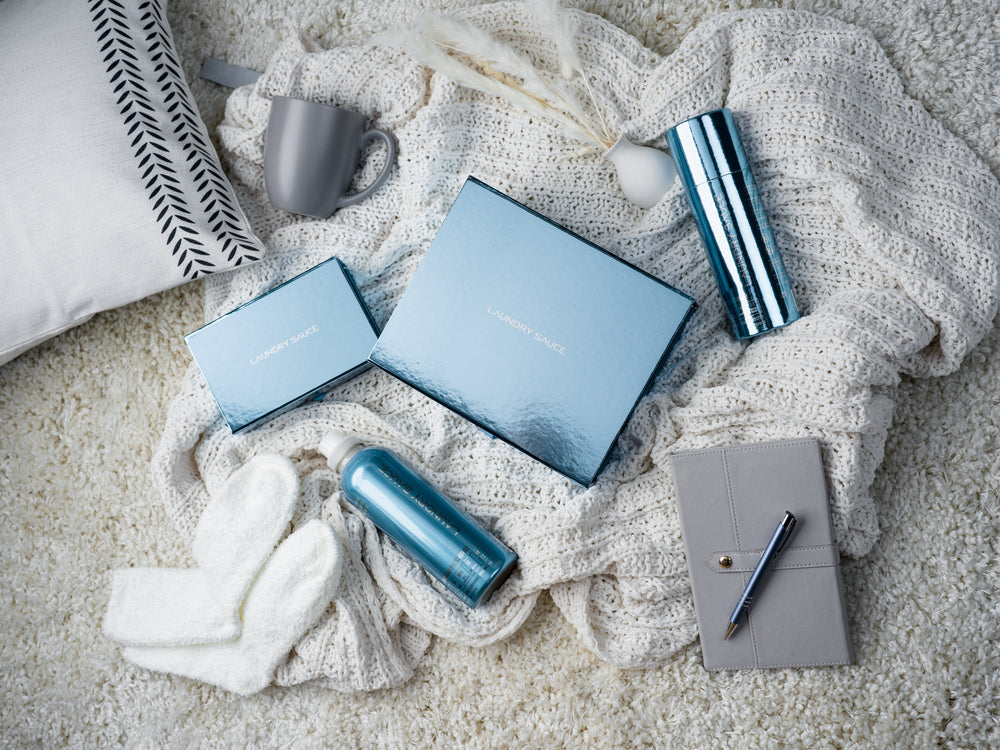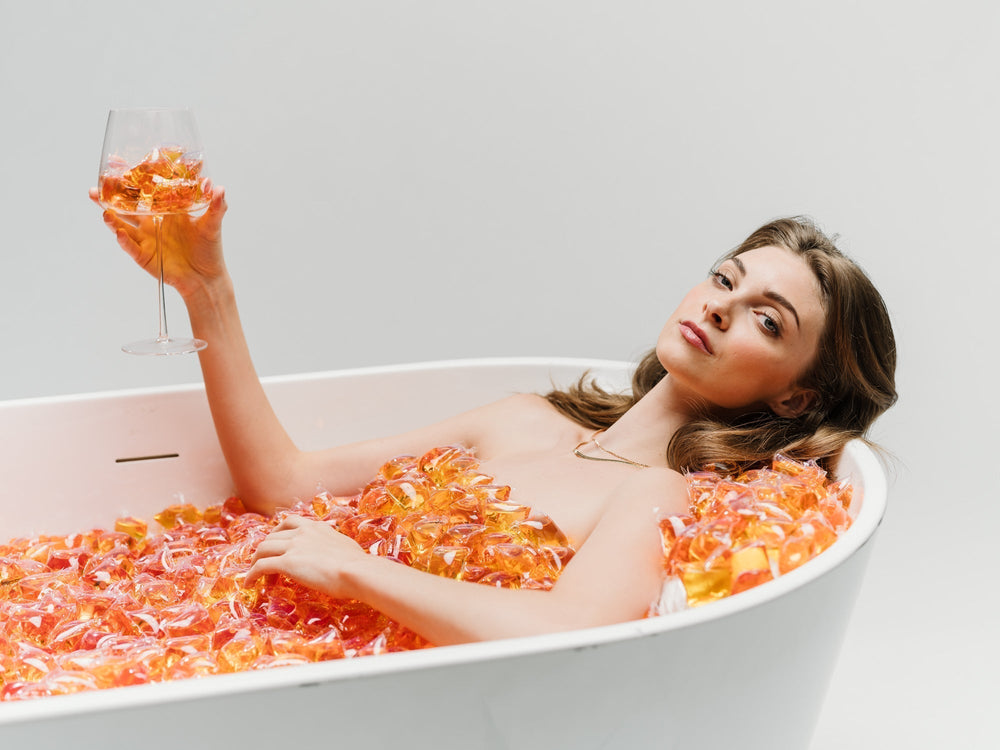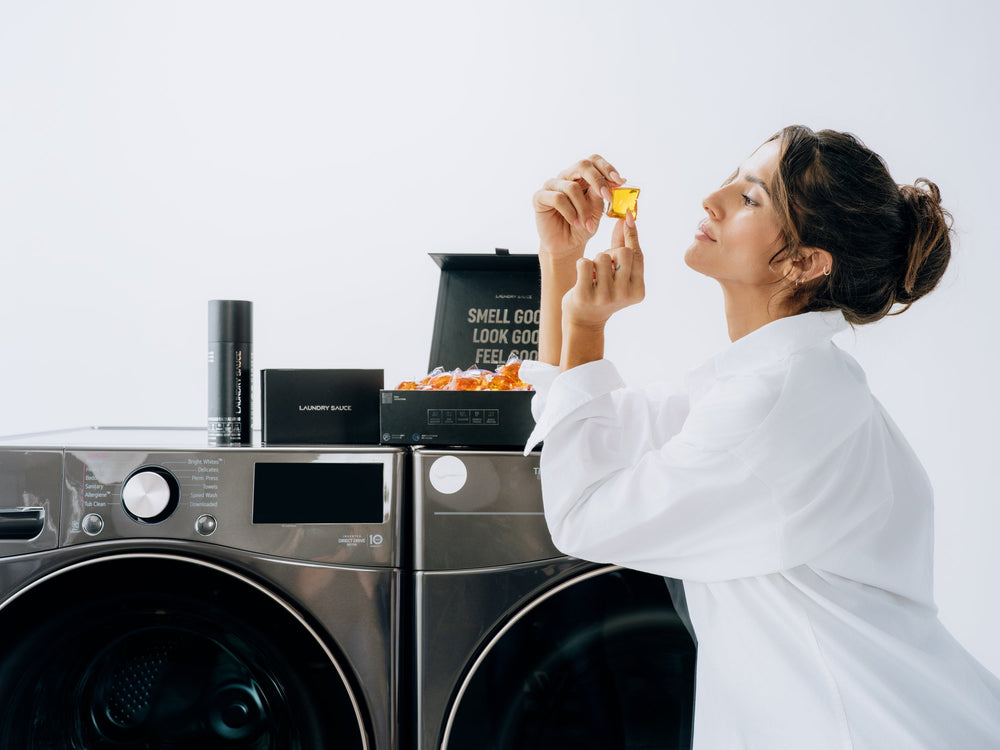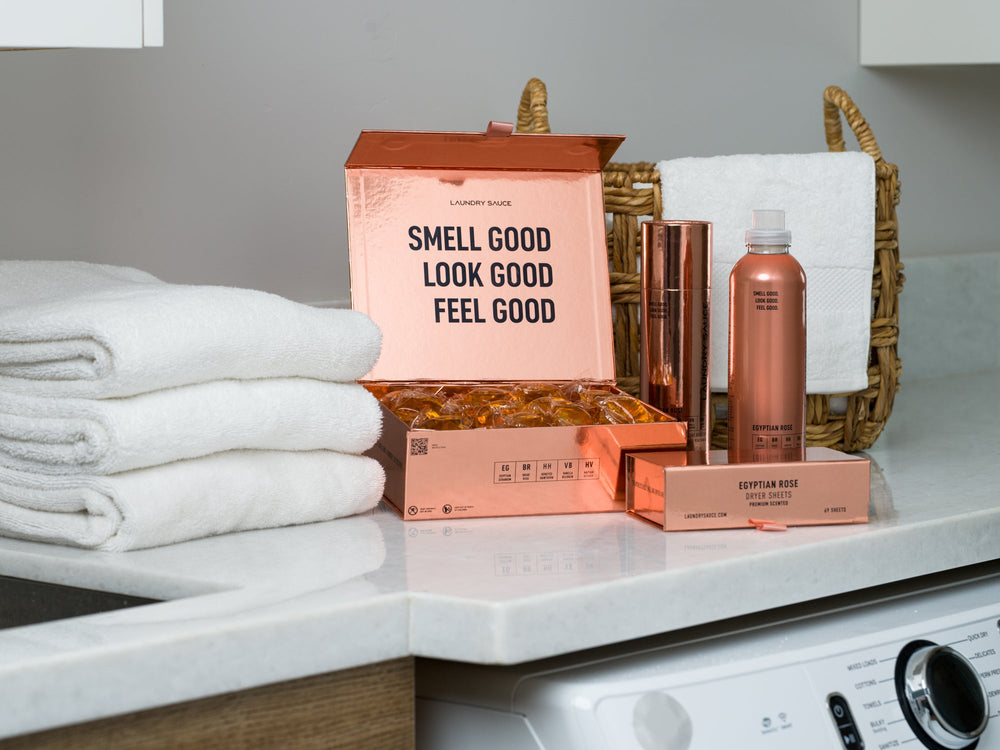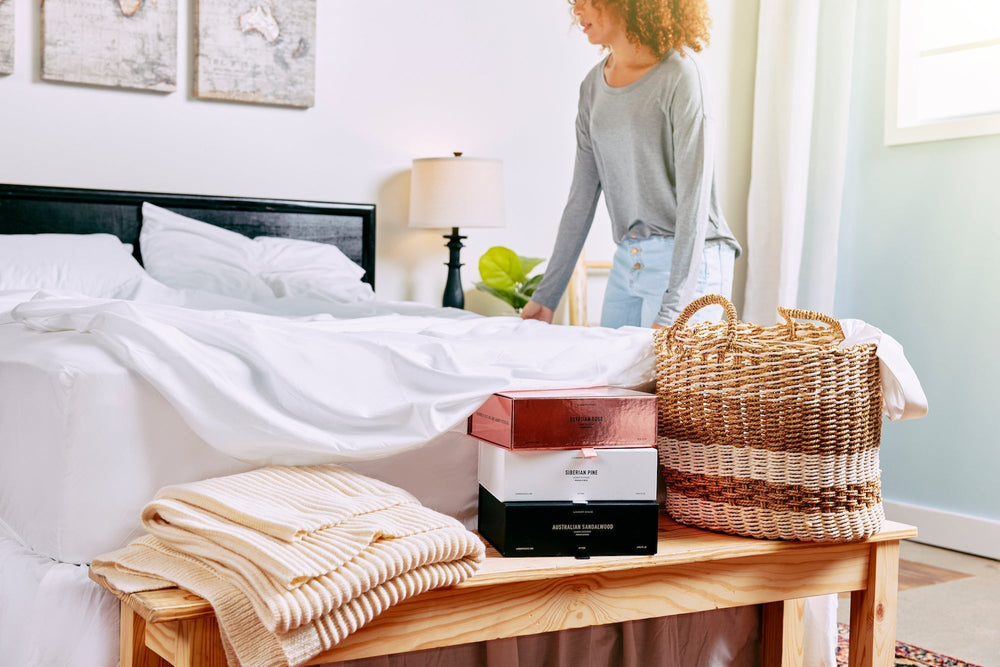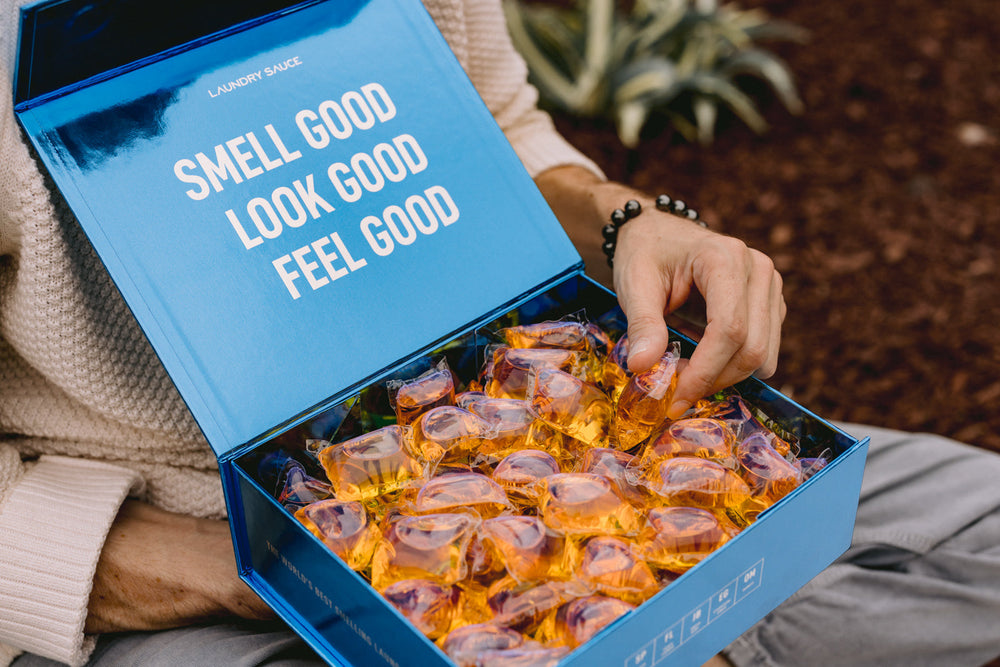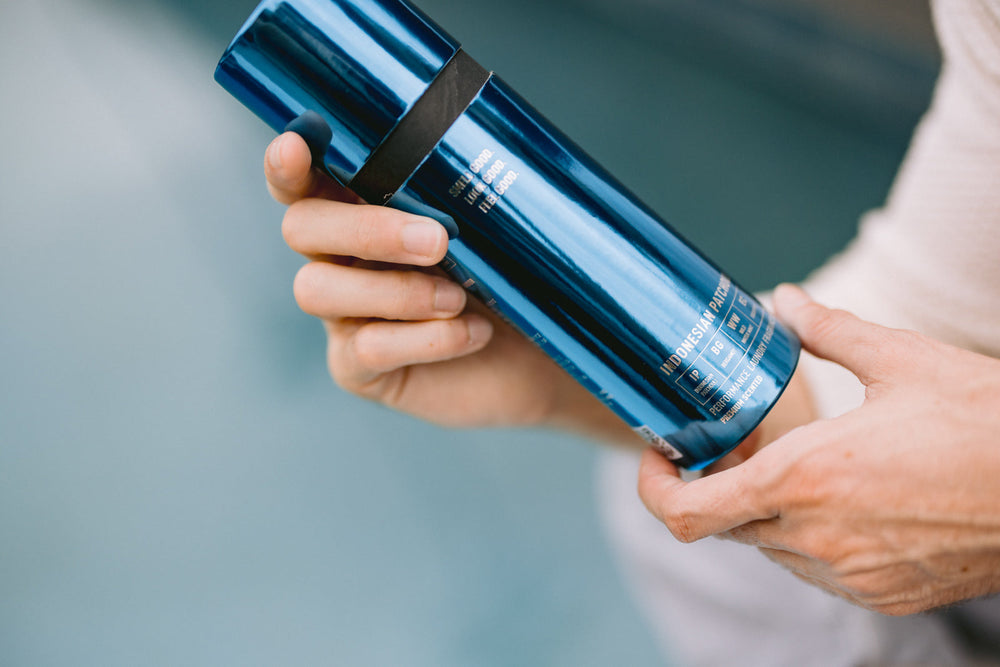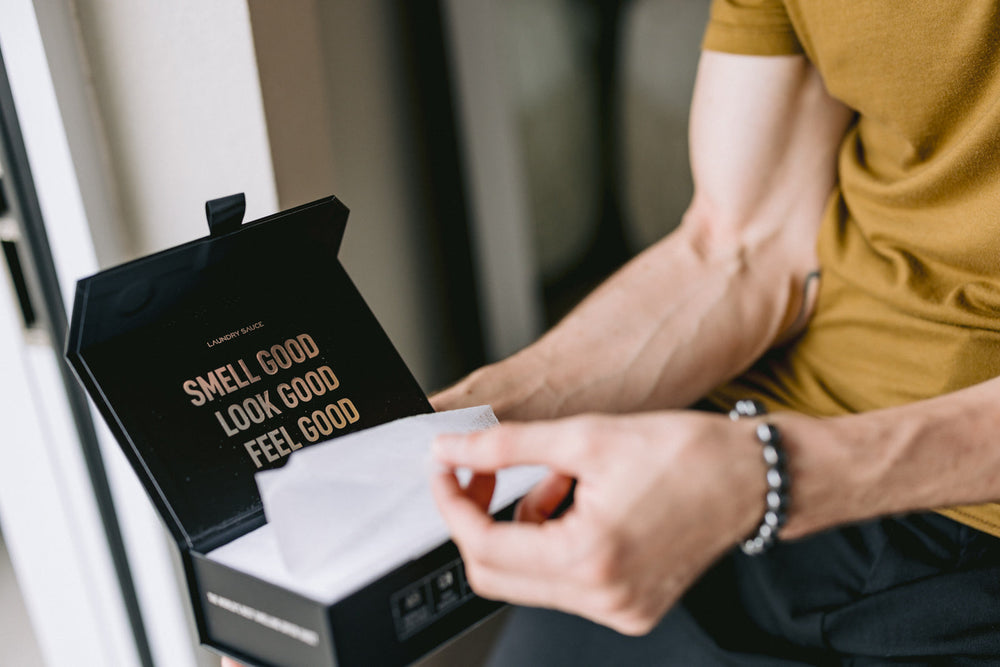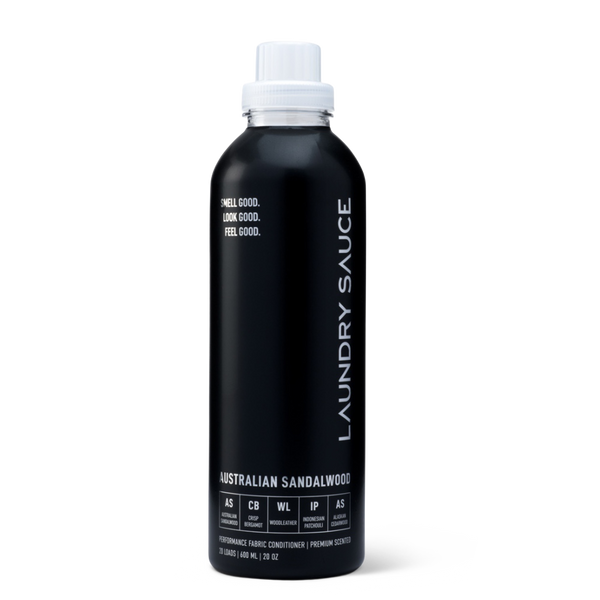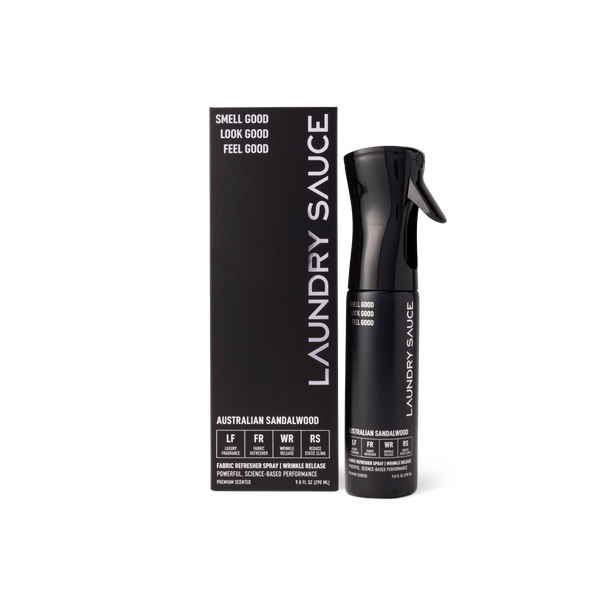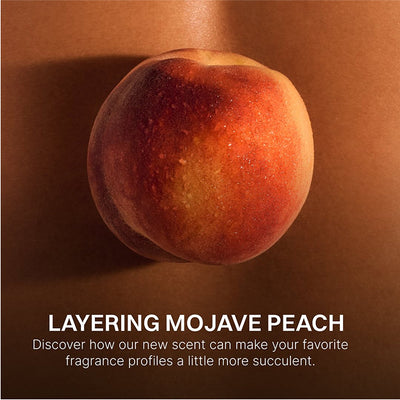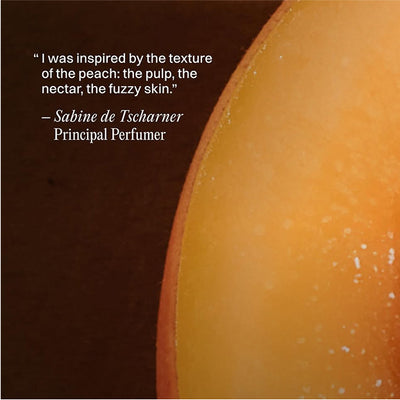It’s best to dry white clothes separately from dark-colored clothing. Heat during the dry cycle can cause dyes to transfer from your dark items onto your white items.
You’ve been warned about washing white clothes with dark clothes—rightly so. Color bleeding can easily occur in the washing machine, especially in hot water . But should you take time to separate your white and dark clothes before tossing them in the dryer too?
We talk to a lot of people who stuff all their laundry—clothes, towels, sheets —in the dryer and call it a day. But that’s not always a smart idea when you’re drying white items. The heat from your dryer can cause dyes to transfer onto your white items, especially if your colored clothes are new.
In this article, you’ll learn how colors transfer in the dryer, which fabrics have the highest risk, and how to sort your laundry like a pro.
Pro tip: Always read the care labels on your garments before putting them in the dryer. Using the wrong setting or temperature can shrink or damage your clothes.
Can You Dry White and Dark-Colored Clothes Together?
You should avoid drying whites and colors together to prevent dye transfer. When white garments mingle with dark garments in the dryer, the white fabric can absorb colors from the dyes in the dark items—especially from new garments that haven’t been washed before. Even if the colors don’t visibly bleed, your white fabrics can take on a gray tint over time due to residual dyes.
Not to mention, drying white and dark items together can result in lint transfer—and nobody wants to spend their afternoon removing a film of dark fuzz from their white clothes .
As a general guideline, you should sort laundry for drying the same way you sort it for washing. That means separating whites from darks, and delicates from sturdy items like towels and bedsheets.
But what if you’re in a rush on laundry day and don’t have time to dry separate loads? If you absolutely must dry all of your garments together, use a low heat setting. Alternatively, you can air dry your white items and toss the rest of your items in the dryer. Fun fact: UV rays from the sun can naturally brighten white fabrics .
How Do Colors Bleed in the Dryer?
Color bleeding in the dryer boils down to two factors: dye stability and heat.
New clothes that are dark or brightly colored tend to have unstable dyes, meaning the excess color wasn’t rinsed out thoroughly during the production process. When these items get exposed to the high heat in your dryer, the fibers expand, allowing the dyes to jump onto your white or light-colored clothing items.
Bottom line: Think twice before you dry a red sweater with your white t-shirts.
Which Fabrics Are Most Prone to Color Transfer In the Dryer?
Let’s take a look at five types of fabrics that are most prone to dye transfer during the drying process.
1. New or Unwashed Garments
Garments that are new or haven’t been through a wash cycle may have excess dye that hasn't been properly set, making them more likely to bleed in the dryer.
2. Bright and Dark-Colored Fabrics
Dark-colored fabrics (especially red and orange) and bright pastels tend to have more concentrated dyes, increasing the risk of color transfer onto other items, especially when wet or damp.
3. Delicate Fabrics
Delicate fabrics such as silk, rayon, and synthetic blends may be more prone to color bleeding and transfer, as they can be more sensitive to water and heat.
4. Items with Prints or Patterns
Clothing with printed designs or intricate patterns may have areas of concentrated dye that are more likely to bleed onto other items in the dryer.
5. Mixed Fiber Fabrics
No matter what your care tag says, these must-haves keep your clothes looking and smelling their best—minus the guesswork.
Fabrics made from a combination of different fibers, such as cotton/polyester blends, may have varying degrees of colorfastness, leading to potential color transfer issues.

Can You Dry White Towels with Dark-Colored Clothes?
You can dry white towels and dark-colored clothing together—but that doesn’t mean you should. Dyes can transfer onto your white towels in the same way they transfer onto white clothing.
If you’re not worried about your white towels looking dingy after a few dry cycles, go right ahead. But if you’re like us, you want your white towels to look as vibrant as the day you bought them. In that case, we recommend washing and drying them with your other white laundry items.
Don’t Forget Dryer Balls and Dryer Sheets
Separating your whites and darks isn’t the only way to upgrade the way you dry your clothes. You can also toss in a few dryer sheets or dryer balls .
Laundry Sauce Luxury Scented Dryer Sheets do double duty by preventing static cling and infusing your laundry with luxurious fragrances like Australian Sandalwood , Italian Bergamot , Egyptian Rose , and more.
Prefer a scent-free way to fight static and fluff your fabrics? Dryer balls will be your new BFF. Made of tightly compressed New Zealand wool, Laundry Sauce Dryer Balls naturally fluff your clothes and can reduce dry time by up to 50%!
Whether you’re #TeamSheets or #TeamBalls, you’ll always be a winner on laundry day.



